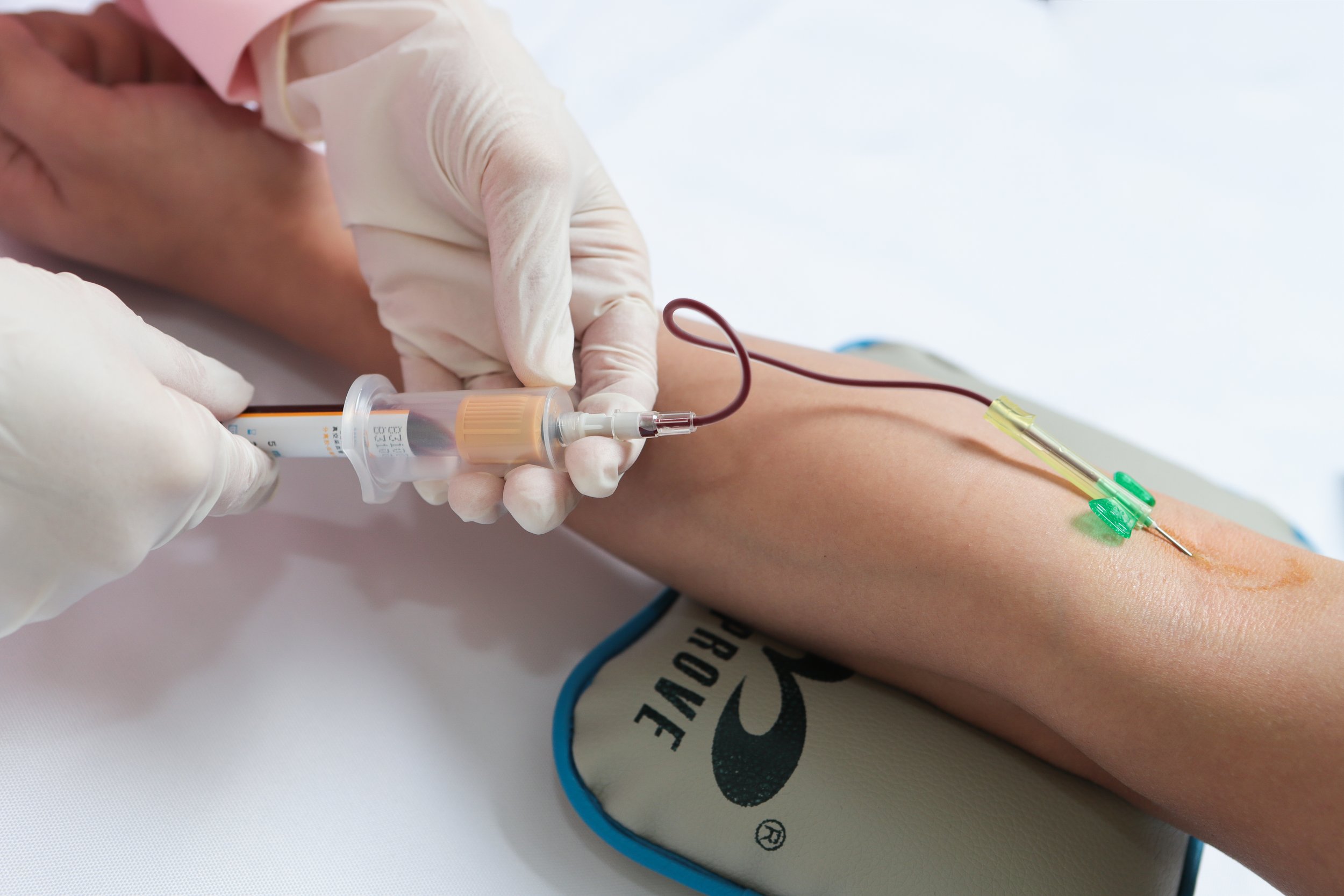Preservation and Stabilization of Specimens in Medical Labs: Recommended Methods and Protocols
Summary
- Proper preservation and stabilization of specimens in a medical lab setting is crucial for accurate testing and diagnosis.
- Recommended methods include using appropriate containers, temperature control, and adding preservatives to the samples.
- Following correct protocols ensures the integrity of specimens for testing and analysis.
Introduction
Medical laboratories play a vital role in the healthcare system by providing crucial diagnostic information to Healthcare Providers. One of the key aspects of laboratory testing is the preservation and stabilization of specimens obtained from patients. Proper handling of specimens is essential to ensure accurate Test Results and reliable diagnostic information. In this article, we will explore the recommended methods for preserving and stabilizing specimens in a medical lab setting in the United States.
Types of Specimens
There are various types of specimens that are commonly collected and analyzed in medical laboratories. These include:
- Blood samples
- Urine samples
- Stool samples
- Tissue samples
Blood Samples
Blood samples are one of the most commonly tested specimens in medical laboratories. To preserve and stabilize blood samples, it is important to:
- Collect blood in appropriate tubes with anticoagulants to prevent clotting.
- Store blood samples at the correct temperature to prevent degradation of the specimen.
- Label tubes accurately to ensure proper identification of the sample.
Urine Samples
Urine samples are often used for various Diagnostic Tests. To preserve and stabilize urine samples, it is important to:
- Collect urine in a sterile container to prevent contamination.
- Store urine samples at the correct temperature to prevent bacterial growth.
- Add preservatives to the sample if necessary for specific tests.
Stool Samples
Stool samples are typically analyzed for various gastrointestinal disorders. To preserve and stabilize stool samples, it is important to:
- Collect stool in a clean container without any preservatives.
- Ensure timely processing of the sample to prevent degradation.
- Store stool samples at the correct temperature to prevent bacterial overgrowth.
- Place tissue samples in appropriate fixatives to prevent degradation.
- Label tissue samples accurately to prevent mix-ups during processing.
- Store tissue samples at the correct temperature to maintain tissue integrity.
Tissue Samples
Tissue samples are often obtained through biopsy procedures for pathological analysis. To preserve and stabilize tissue samples, it is important to:
Recommended Methods for Preservation and Stabilization
There are several recommended methods for preserving and stabilizing specimens in a medical lab setting in the United States. These methods ensure the integrity of the specimens for testing and analysis:
Use of Appropriate Containers
Specimens should be collected in sterile containers that are suitable for the type of specimen being collected. For example, blood samples should be collected in tubes with anticoagulants, urine samples in sterile containers, stool samples in clean containers, and tissue samples in fixatives. Using the right containers helps prevent contamination and ensures the integrity of the specimens.
Temperature Control
Proper temperature control is essential for preserving and stabilizing specimens. Most specimens require storage at specific temperatures to prevent degradation. For example, blood samples are typically stored at room temperature or refrigerated, while urine samples may require refrigeration to prevent bacterial growth. Tissue samples are often stored in formalin to preserve tissue integrity. Maintaining the correct temperature for specimens is crucial to ensure accurate Test Results.
Adding Preservatives
For some specimens, the addition of preservatives may be necessary to stabilize the sample for testing. For example, urine samples may require the addition of preservatives to prevent bacterial growth or chemical degradation. Tissue samples are fixed in formalin to preserve tissue structure for pathological analysis. Adding preservatives to specimens can help maintain their integrity during transportation and processing.
Conclusion
Preserving and stabilizing specimens in a medical lab setting is critical for obtaining accurate Test Results and reliable diagnostic information. Following recommended methods such as using appropriate containers, temperature control, and adding preservatives to specimens ensures the integrity of the samples for testing and analysis. By following correct protocols for specimen handling, Healthcare Providers can rely on the accuracy of laboratory Test Results to make informed decisions about patient care.

Disclaimer: The content provided on this blog is for informational purposes only, reflecting the personal opinions and insights of the author(s) on the topics. The information provided should not be used for diagnosing or treating a health problem or disease, and those seeking personal medical advice should consult with a licensed physician. Always seek the advice of your doctor or other qualified health provider regarding a medical condition. Never disregard professional medical advice or delay in seeking it because of something you have read on this website. If you think you may have a medical emergency, call 911 or go to the nearest emergency room immediately. No physician-patient relationship is created by this web site or its use. No contributors to this web site make any representations, express or implied, with respect to the information provided herein or to its use. While we strive to share accurate and up-to-date information, we cannot guarantee the completeness, reliability, or accuracy of the content. The blog may also include links to external websites and resources for the convenience of our readers. Please note that linking to other sites does not imply endorsement of their content, practices, or services by us. Readers should use their discretion and judgment while exploring any external links and resources mentioned on this blog.
